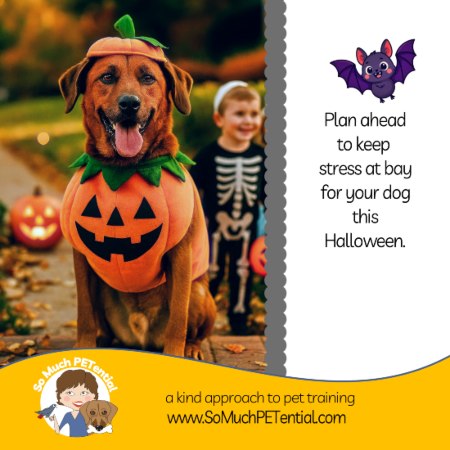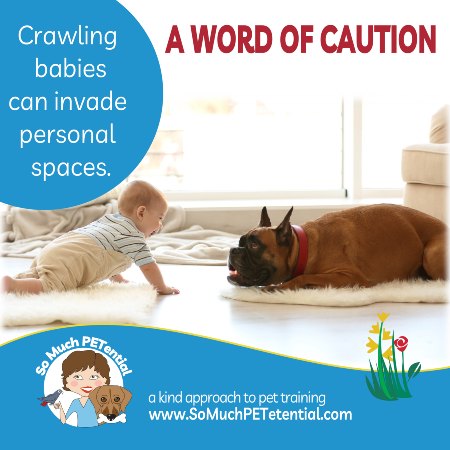Whether you have a family dog that includes kids and a dog or are a multi-dog household, consider growly zones as an important dog management consideration.

I love the smile on this sweet girl here! Jazz is a dog who has experienced some big feelings in her life to meeting unfamiliar people and hearing sudden noise in her environment. She has an inclination to resource guard. These days she is mostly living her best life with anti-anxiety medication – and having fun learning and practicing behaviors from her human companion, playing, foraging, chewing, and going on sniffing walks.
Now their life is about to change as preparations are being made to add a new puppy to the household. Jazz’s human is planning ahead for the introduction of the puppy and current dog.
We met yesterday to talk about that introduction, management and training.
That is especially important as we already know Jazz is not so fond of sharing.
I want to point out a piece of preparation that can easily be overlooked.
Dog Growly Zones
We walked around looking at potential ‘growly zones’ (as Jen Shryock of Family Paws Parent Education taught us to call them) places that create tight spaces. When there is not the ability to move away, that can heighten tension and stress, and increase the likelihood of inter household conflict developing.
Some places we noted – the stairs, the dining table in a corner of a small room, the galley style kitchen.
Once identified, we talked about a management plan that included talking about what behaviors will be helpful to practice in advance – like going to a place, moving away from conflict, coming when called, staying.
Something to give you thought when you live with multiple pets – even a dog and a child.






